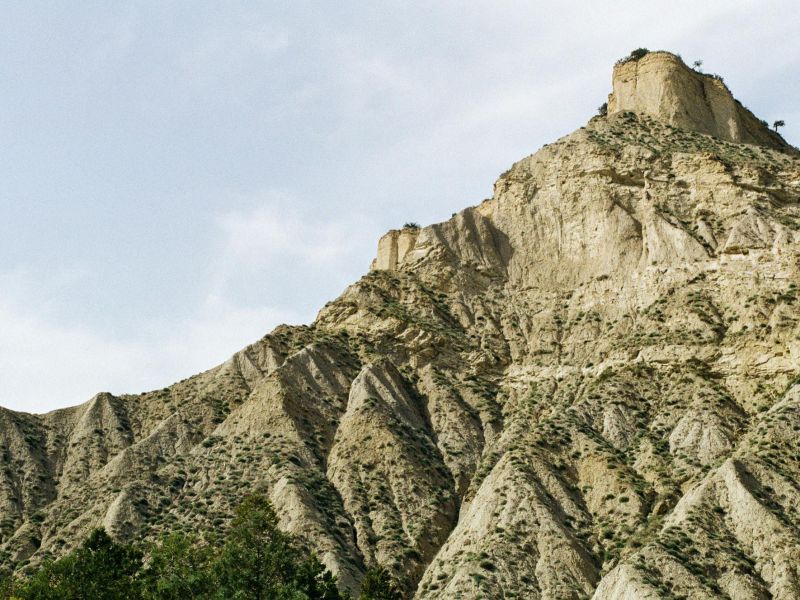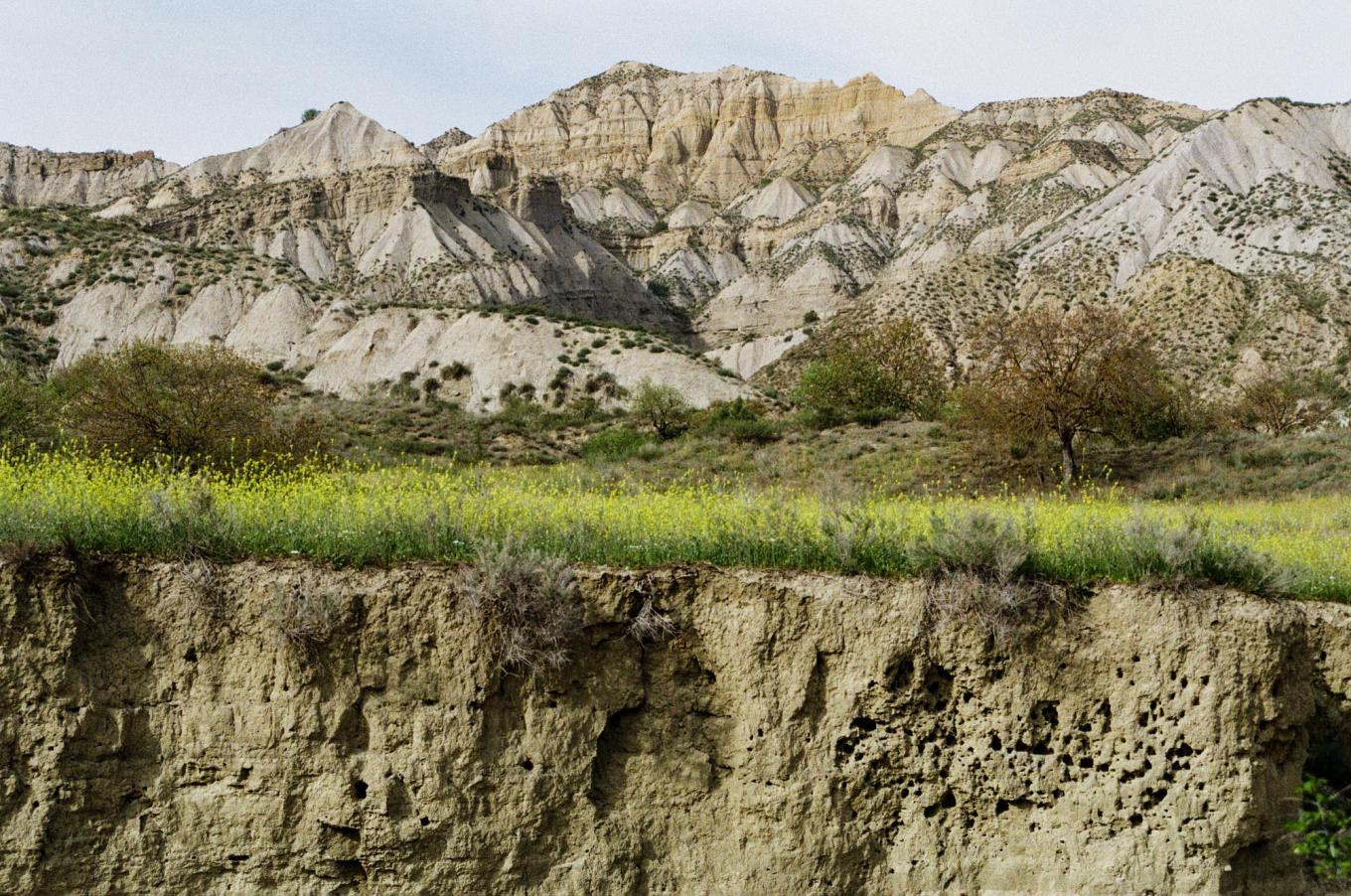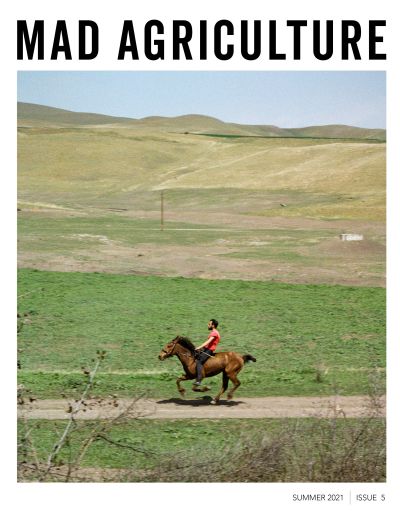
The Mad Agriculture Journal
Soil Health: Taking Passion Towards a Plan
Published on
June 08, 2021
Written by
Eva Stricker, Jess Robinson & Reid Hensen
In partnership with
Quivira Coalition Carbon Ranch Initiative
Photos by
Arina Abbott
The Quivira Coalition builds soil, biodiversity, and resilience on western working landscapes. Quivira fosters ecological, economic, and social health through education, innovation, and collaboration.
You probably don’t need to be convinced of the importance of soil health - you may call to mind the spring under your step, the smell of rich, living soil, and the feel of squeezing soil aggregates or having a worm cringe in your hand. Healthy soil also connects to climate and specifically to drought resilience by increasing the uptake of carbon dioxide from the atmosphere and building organic matter, which in turn increases water infiltration and retention. And of course, soil is the basis of food production in both crop and rangelands; making it the basis of the connection between rural producers and communities to eaters all over the world.
You may also know about the management principles that help the land move in the direction of healthy soil. Minimizing disturbance/inputs and keeping the soil covered are the principles to protect the soil. Maintaining a living root and maximizing biodiversity are the principles to feed the soil food web. These principles are by design not prescriptive, and allow land stewards to make decisions that work with the barriers and opportunities that they have at hand.
So why are soils still degraded? Why are the people who are interested in healthy soil not making changes? We heard from ranchers and farmers from New Mexico listening sessions that barriers are complex; the responses varied from wanting to honor the management and legacy of previous generations, to inaccessibility to relevant or regionally-appropriate information, to a lack of time or money to invest in making a change, to not having solutions that match the scale of their operation (eg. what can be done on a 100,000 acre ranch vs. a 1 acre irrigated farm?). Some of these barriers are in the “head” but more importantly, some of these are in the “heart” (to borrow the phrases of our Mad Ag collaborator Clark Harshbarger), meaning that an economic cost-benefit analysis or the results of a soil test are unlikely to change people’s behavior.
With this context, Quivira Coalition’s Carbon Ranch Initiative partnered with Mad Ag to write a grant to NRCS to build a Planning program to help ranchers build soil health and soil organic matter. We’ve been working with the first set of participants since the start of the year and found that the first step is to build trust and deeply listen. The planner doesn’t know best, but rather knows how to bring out the best. All we do is take time to listen to the steward and the land and then target areas of growth in the relationships between land, steward, and community.

When we attend a site visit and walk across the soil, we peer back through time, wondering why a previous owner made a berm there and hearing that the grandmother remembers when the trickle of a creek used to run high enough to swim in every summer. We face questions of who came before any of us remember, and how we can steward into the future for people who in turn won’t remember us. As planners, we are of service if we can sit with the challenges at the heart of land stewardship. Only later do we get around to talking about monitoring or soil testing, resource concern checklists, and potential funding sources. We are working hard to first understand the story of the land and its stewards, and only then can we address its future.
We’re not finished with any of the first set of plans. We’ve probably made some mistakes and will make changes in the future, but we wanted to share where we are with the process and invite a conversation with our larger community. Conversations that we’ve had with our ranchers/farmers include questions like: Do you need an expert to tell you what fertilizer to add, or can you try something on a small section of land and see if it works? Do you want to make a decision on destocking alone, or do you want to check in with your neighbor and see if you can get a short-term lease? Is teaching the younger generation important to you, even if your own children or grandchildren are not coming back to the land? We think that we can and should connect these conversations to soil health in order to make lasting change.
